In the realm of men's fashion, few garments exude the timeless elegance and cultural richness of traditional Pashmina shawls. Imagine a garment that not only graces the shoulders but also carries with it centuries of history. Additionally, it becomes a whisper of tradition that resonates through its delicate threads. As we delve into the world of Pashmina shawls for men, we embark on a journey that transcends fashion trends. Pashmina embraces a legacy woven into the very fabric of cultural heritage.
The allure of Pashmina for men extends beyond a mere accessory. In fact, it is a symbol of refinement, a testament to the artistry and craftsmanship that have characterized this luxurious textile for generations. From the regal courts of ancient civilizations to the modern runways, the shawl has evolved, yet retained its essence. Hence, it has continued to be a must-have for those who appreciate the confluence of tradition and style.
At the heart of this exploration lies a commitment to unravelling the historical tapestry that binds Pashmina to fashion history. As we embark on this narrative, envision the grandeur of ceremonial occasions. Here, men, draped in resplendent Pashmina shawls, symbolize not just sartorial elegance but a connection to heritage. This blog seeks to unfurl the layers of tradition woven into each thread, unveiling the intricate craftsmanship and cultural significance that make Pashmina shawls a coveted possession for men.
So, join us as we traverse the passages of time, discovering the roots of Pashmina shawls. Also, we explore the meticulous artistry that defines them and understand their place in contemporary men's fashion. This journey promises a deep appreciation for the craftsmanship passed down through generations, encapsulating the essence of Pashmina as more than a mere accessory but a living legacy.
Historical Significance of Pashmina for Men
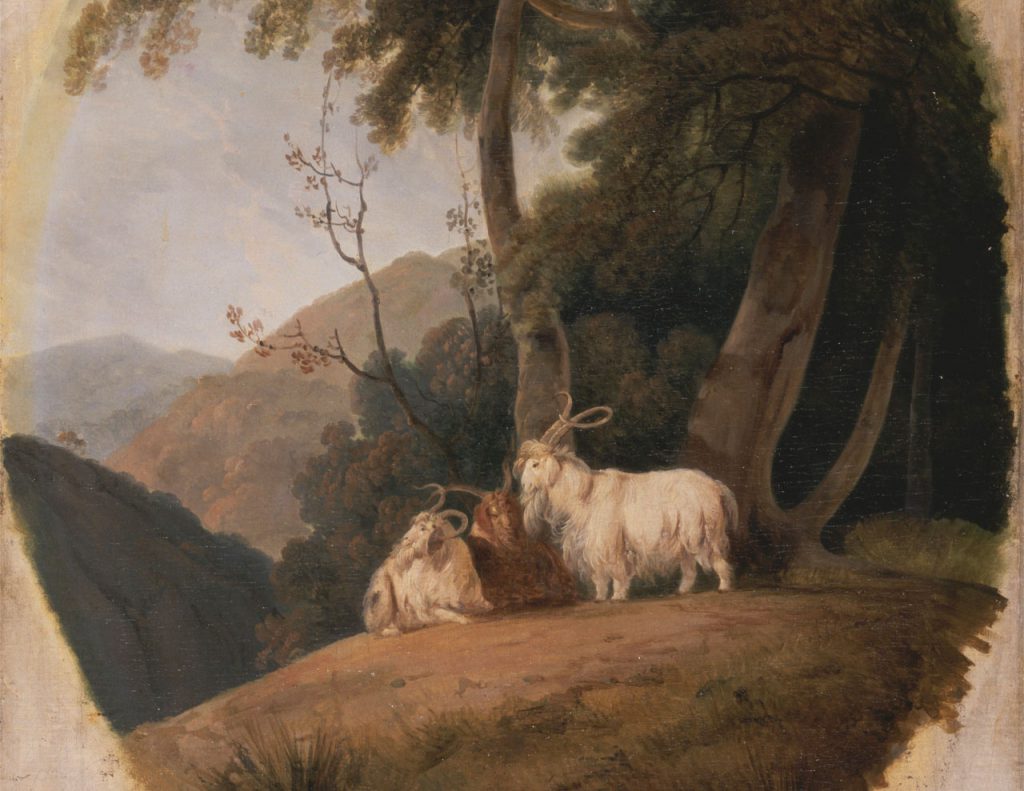
Pashmina shawls for men have a rich history deeply embedded in cultural and royal traditions, dating back centuries. Originating in the Himalayan region of Kashmir, Cashmere wool derives from the undercoat of the Capra hircus goat, also known as the Pashmina or Changthangi goat. The wool from these goats is renowned for its exceptional softness, warmth, and luxurious texture. Hence, it is ideal for crafting exquisite shawls. It is this wool that is processed to make Pashmina shawls.
In ancient times, Pashmina shawls were exclusively reserved for royalty and nobility due to their rarity and fine quality. These shawls were prized possessions, often gifted as symbols of wealth, status, and prestige. Emperors, kings, and aristocrats adorned themselves with shawls to signify their elevated social standing and refined tastes. The intricate craftsmanship involved in weaving these shawls elevated them to objects of desire. Indeed, these are sought after by elites across the globe.
Evolution into Symbols of Luxury and Style
Over the years, Pashmina shawls have evolved from symbols of royal extravagance to iconic emblems of luxury and style for men. As trade routes expanded and globalization took hold, Pashmina shawls gained international acclaim, captivating fashion connoisseurs worldwide with their timeless elegance and unparalleled quality. The craftsmanship behind each Pashmina shawl remained unchanged, with skilled artisans meticulously handcrafting these masterpieces using traditional techniques passed down through generations.
In the modern era, Pashmina shawls have become synonymous with sophistication, refinement, and exclusivity in men's fashion. Renowned fashion designers and luxury brands incorporate Pashmina shawls into their collections. Hence, they showcase their versatility and enduring appeal on prestigious runways and in high-end boutiques. From formal occasions to everyday wear, Pashmina shawls add a touch of opulence and refinement to any ensemble. This makes them indispensable accessories for discerning gentlemen.
Role in Various Cultures and Ceremonies
Pashmina shawls hold profound cultural significance in various cultures and ceremonial settings around the world. In Kashmiri culture, Pashmina shawls are integral to weddings, festivals, and religious ceremonies, symbolizing warmth, prosperity, and blessings. Grooms traditionally wear Pashmina shawls as part of their wedding attire, signifying their elevated status and auspicious beginnings. Similarly, in Tibetan and Nepalese traditions, Pashmina shawls are revered as sacred artefacts, often offered as ceremonial gifts to honour guests or mark special occasions.
Across cultures, Pashmina shawls transcend mere fashion accessories, serving as tangible expressions of heritage, craftsmanship, and tradition. Their timeless beauty and cultural significance continue to captivate individuals worldwide, ensuring that Pashmina remains an enduring symbol of elegance and refinement for men across generations.
Craftsmanship and Artistry
The craftsmanship behind traditional Pashmina shawls for men is a testament to the skill and dedication of Kashmiri artisans. The weaving process begins with the meticulous collection of Cashmere wool from the Changthangi goats. This is a practice that has remained unchanged for centuries. The artisans then embark on a journey of precision and artistry, employing hand-operated looms to weave these luxurious shawls.
The weaving techniques involved in crafting shawls are intricate and time-honoured. One of the most renowned methods is the twill weave. In this method, the weft yarn passes over and under multiple warp yarns to create a diagonal pattern. This technique enhances the drape and durability of the shawl, ensuring both aesthetic appeal and functionality. Additionally, the diamond weave, a pattern resembling interlocking diamonds, is another classic choice for men's Pashmina shawls. Thus, it adds a touch of sophistication to the final product.
Traditional Patterns, Motifs, and Designs
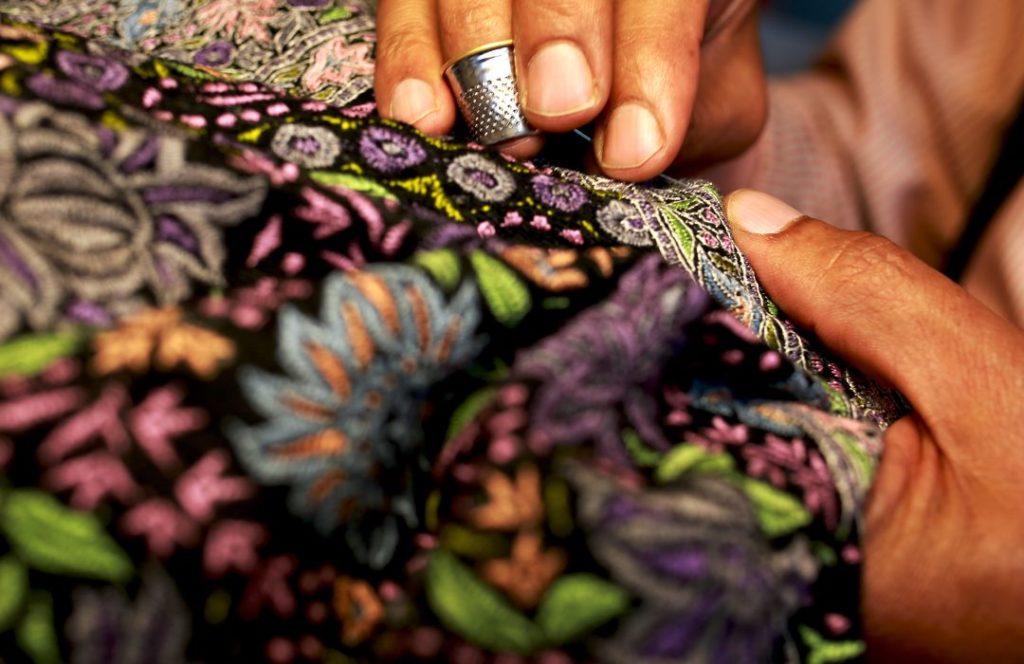
Traditional Pashmina shawls for men boast a rich tapestry of patterns, motifs, and designs that reflect the cultural heritage of the Kashmiri region. The most iconic patterns include the paisley, a teardrop-shaped motif that symbolizes the abundance of life and eternity. The intricate paisley pattern is meticulously handwoven into the fabric, creating a visually stunning and culturally significant design.
Other prevalent motifs in men's Pashmina shawls include florals, geometric shapes, and intricate borders. These designs often hold symbolic meanings, with each motif telling a unique story rooted in Kashmiri culture. The use of earthy, masculine colours further enhances the appeal of these shawls, creating a harmonious blend of tradition and contemporary aesthetics.
Anecdotes of Skilled Artisans
Behind every traditional Pashmina shawl is a skilled artisan who brings the fabric to life with precision and passion. These artisans, often hailing from generations of weavers, dedicate their lives to mastering the art of craftsmanship. One such artisan, Manzoor Ahmed, from the weaving heartland of Srinagar, exemplifies the commitment to preserving traditional techniques.
Manzoor inherited the art of Pashmina weaving from his forefathers and has spent decades perfecting his skills. His nimble fingers dance across the loom, creating exquisite patterns that narrate tales of Kashmiri heritage. Manzoor, like many other artisans, takes pride in contributing to the legacy of Pashmina craftsmanship. He ensures that each shawl carries not only the weight of luxurious fabric but also the soul of centuries-old traditions.
In exploring the craftsmanship and artistry of traditional Pashmina shawls for men, one discovers a world where heritage and innovation coalesce. This union results in timeless pieces that transcend mere garments to become cultural artefacts.
Types of Traditional Pashmina Shawls
When it comes to men's fashion, traditional Pashmina shawls stand as timeless artefacts, intricately woven with cultural heritage and artistic mastery. These exquisite creations delve into various styles, each telling a unique story of craftsmanship. From the versatile allure of reversible shawls to the elaborate artistry of Jamawar hand-embroidered pieces and the intricate patterns of Kani weave, these shawls not only adorn but also preserve centuries-old traditions. So, let's unravel the richness and significance woven into the fabric of each traditional shawl. Truly, patterns make the shawls a symbol of elegance and cultural heritage for men.
1. Reversible Pashmina Shawls:
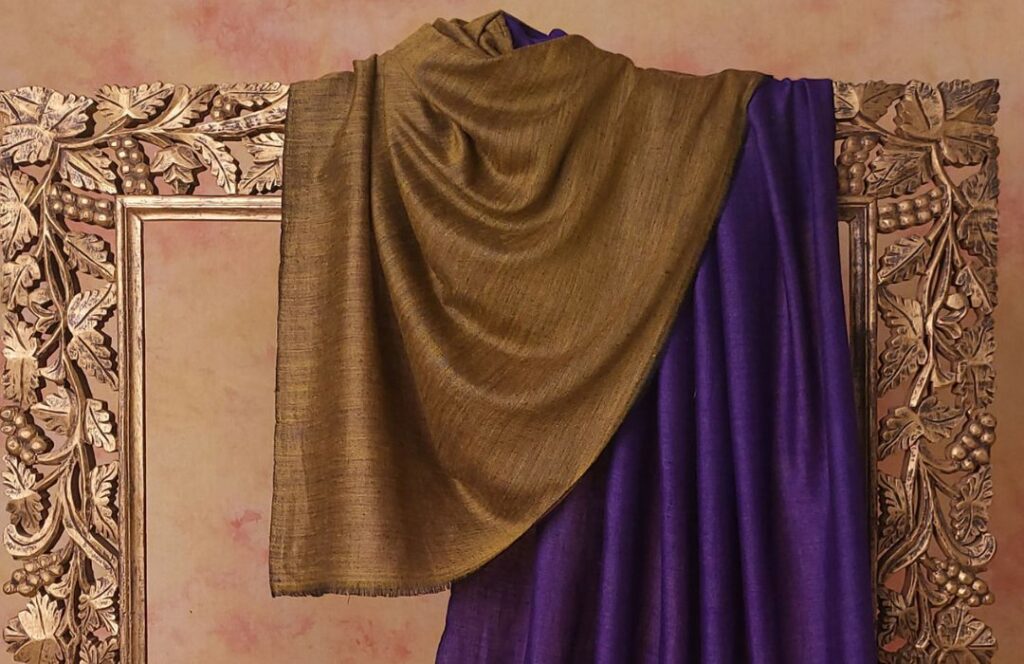
Reversible Pashmina shawls stand as a testament to the versatility and craftsmanship embedded in traditional men's attire. These shawls, handwoven with precision, feature intricate patterns and designs on both sides, allowing the wearer to effortlessly switch between two complementary styles. The reversible nature adds a touch of practicality to the luxurious fabric, making it a coveted accessory for various occasions.
Significance in Traditional Men's Attire: In traditional Kashmiri fashion, reversible Pashmina shawls hold immense significance. They are often paired with traditional outfits like the phiran, creating a harmonious blend of comfort and style. The reversible feature allows men to adapt their look based on the formality of the event or personal preference. Whether attending a casual gathering or a formal ceremony, men can drape these shawls in a way that reflects their unique style while embracing the rich heritage of Kashmiri craftsmanship.
2. Jamawar Hand-Embroidered Pashmina Shawls:
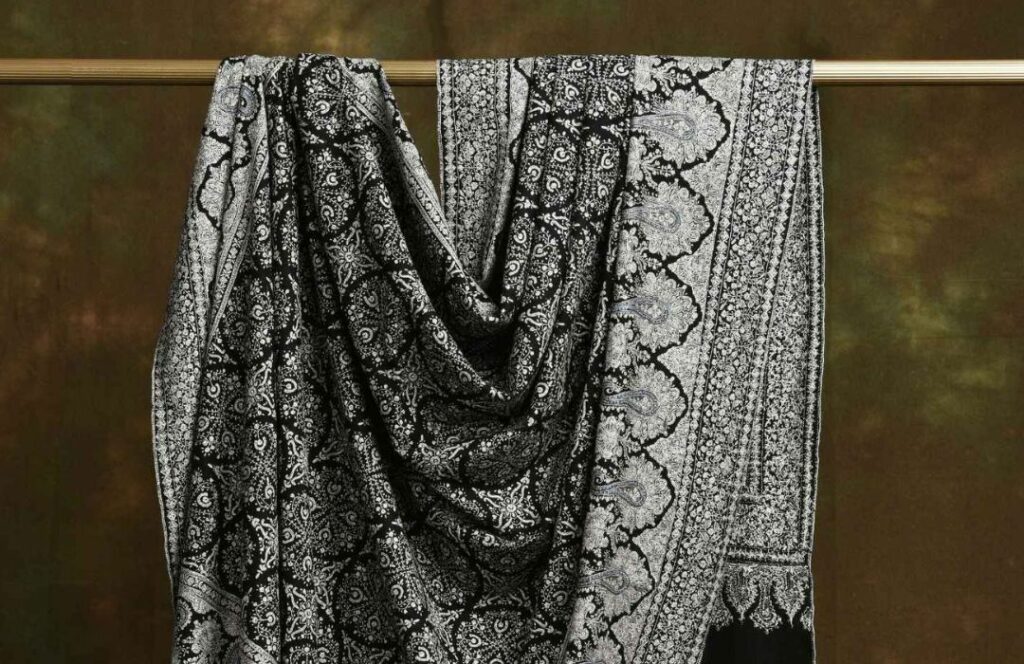
Jamawar hand-embroidered Pashmina shawls are a true marvel of craftsmanship. These are adorned with elaborate patterns that showcase the skill and artistry of Kashmiri artisans. The intricate embroidery, known as Jamawar, features paisley motifs, florals, and geometric shapes meticulously woven into the fabric. These shawls are a celebration of opulence and are often considered heirloom pieces, passed down through generations.
Historical Relevance in Men's Pashmina Fashion: Historically, Jamawar hand-embroidered Pashmina shawls were reserved for royalty and nobility in Kashmir. The meticulous detailing and the use of vibrant colours made these shawls a symbol of status and sophistication. In contemporary times, these shawls continue to hold a special place in men's Pashmina fashion, adding a touch of regality to ceremonial attire. Whether worn over traditional garments or draped casually, Jamawar shawls evoke a sense of timeless elegance.
3. Kani Weave Pashmina Shawls:
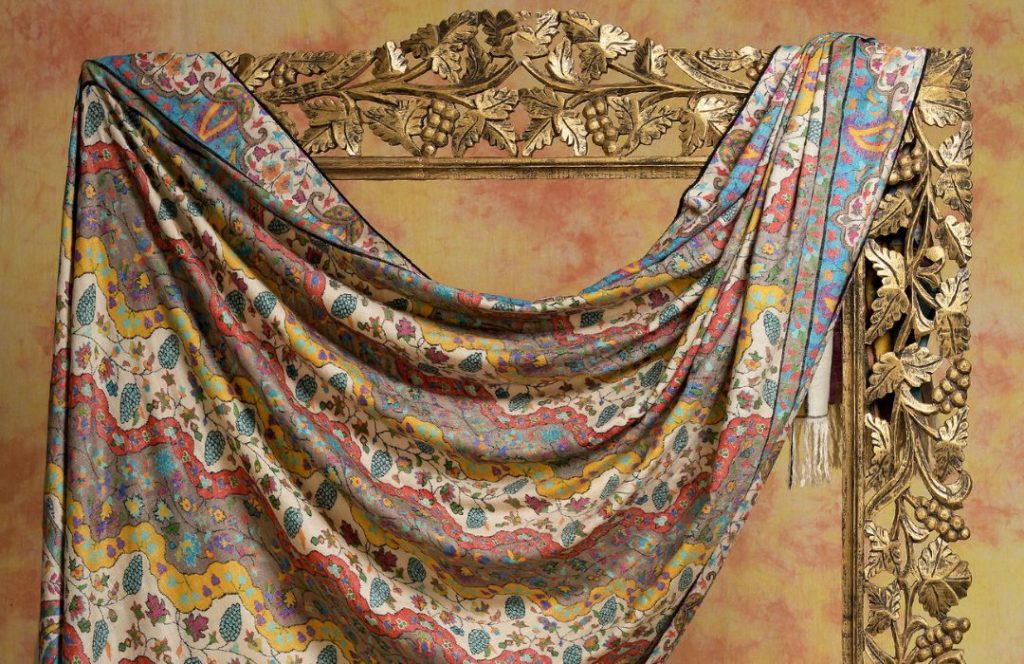
The Kani weave is a traditional hand-weaving technique that has been integral to the creation of exquisite Pashmina shawls for centuries. This technique involves using small eyeless wooden sticks called kanis, which act as individual shuttles for different coloured threads. The intricate patterns are achieved by meticulously interlacing these threads during the weaving process, resulting in breathtaking designs.
Role in Crafting Exquisite Men's Pashmina Shawls: Kani Weave Pashmina shawls are celebrated for their fine craftsmanship and storytelling designs. These shawls often feature historical narratives, floral motifs, and geometric patterns that reflect the rich cultural tapestry of Kashmir. The time-intensive nature of the Kani weave makes each shawl a masterpiece, embodying the dedication and artistry of the weavers. In men's Pashmina fashion, Kani weave shawls are coveted for their authenticity and the cultural heritage they encapsulate.
In exploring the various types of traditional Pashmina shawls, one delves into a world where each piece is not just an accessory but a work of art. Moreover, these carry the legacy of centuries-old craftsmanship. Whether reversible, hand-embroidered, or crafted using the intricate Kani weave, these shawls continue to redefine men's Pashmina fashion. Also, these bridge the gap between tradition and contemporary elegance.
Pashmina Shawls in Men's Fashion
Traditional Pashmina shawls, once confined to royal courts and ceremonial occasions, have certainly transitioned into the realm of contemporary men's fashion. This evolution reflects not only the adaptability of this luxurious accessory but also its enduring appeal across generations. So, let's delve into the intersection of tradition and modernity, exploring how shawls have carved a niche for themselves in the ever-changing landscape of men's fashion.
Style Evolution
The journey of Pashmina shawls in men's fashion is a testament to their timeless allure and adaptability. From being synonymous with regal elegance to becoming a staple in everyday attire, these shawls have indeed undergone a remarkable style evolution. Today, they are not just reserved for formal occasions but also find their place in casual and semi-formal settings. The versatility of Pashmina shawls allows them to complement a wide range of outfits, from traditional ethnic wear to contemporary Western ensembles.
Celebrity Influence
Celebrities and fashion influencers truly play a pivotal role in shaping trends and popularizing unique styles. Over the years, several prominent figures have been spotted adorning traditional Pashmina shawls, thus adding a touch of sophistication and refinement to their looks. From Hollywood icons to international dignitaries, the appeal of shawls transcends geographical boundaries and cultural divides. Their endorsement not only brings attention to the exquisite craftsmanship behind each piece but also reinforces the timeless charm of traditional men's fashion.
Styling Tips
Incorporating traditional Pashmina shawls into modern wardrobes requires a keen eye for style and a creative approach to accessorizing. Here are some practical tips for men looking to elevate their fashion game with these exquisite shawls:
- Layering: Experiment with layering techniques by draping a Pashmina shawl over your shoulders or around your neck for added warmth and style. Mix and match different textures and colours to create visually appealing ensembles.
- Accessorizing: Use Pashmina shawls as statement accessories to enhance your outfit. Pair them with tailored suits, jackets, or casual attire to add a touch of sophistication and elegance.
- Versatile Draping: Explore various draping styles, such as the classic shoulder drape, the casual looped scarf, or the stylish asymmetrical fold, to create different looks for different occasions.
- Occasional Wear: Reserve your finest Pashmina shawls for special occasions such as weddings, parties, or cultural events. Opt for intricately embroidered or embellished shawls to make a lasting impression.
By embracing these styling tips and experimenting with different looks, men can effortlessly incorporate traditional Pashmina shawls into their everyday attire, adding a touch of heritage and refinement to their fashion repertoire.
Caring for Traditional Pashmina Shawls
Owning a traditional Pashmina shawl is not just a sartorial investment; it's a connection to centuries-old craftsmanship and culture. To ensure the longevity of these exquisite pieces, proper care and maintenance are essential. In this section, we delve into practical advice on how men can preserve the quality and beauty of their traditional Pashmina shawls.
Handling and Storage:
- Gentle Handling: Pashmina fibers are delicate, requiring gentle handling to avoid damage. When wearing or folding the shawl, do so with clean hands, minimizing the risk of transferring oils or dirt to the fabric.
- Avoiding Sharp Objects: Be mindful of jewellery, watches, or any sharp accessories that may snag the delicate weave. It's advisable to remove such items before draping the Pashmina shawl to prevent accidental damage.
- Proper Storage: When not in use, store your Pashmina shawl in a breathable garment bag or a cotton pillowcase. Avoid hanging it, as the delicate fibers may stretch. Instead, fold the shawl neatly to maintain its shape.
Cleaning Methods:
- Spot Cleaning: Address stains promptly by spot cleaning with a mild detergent or baby shampoo. Dab the stained area gently with a clean, damp cloth, and avoid rubbing, which can damage the fibers.
- Professional Cleaning: For a thorough cleanse, entrust your Pashmina shawl to professional dry cleaners experienced in handling delicate fabrics. Ensure they have expertise in Pashmina care to prevent any unintentional damage during the cleaning process.
- Hand Washing: If you prefer at-home care, hand washing is a viable option. Use a mild detergent or specially formulated wool wash. Immerse the shawl in cold water, gently agitate, and rinse without wringing. Lay it flat on a towel, roll it up to absorb excess water, and then reshape it to dry.
Preservation Tips:
- Avoid Sunlight: Prolonged exposure to direct sunlight can fade the colours of your Pashmina shawl. Store it in a cool, dark place to maintain the vibrancy of its hues.
- Pest Prevention: To prevent moth damage, periodically air out your Pashmina shawl and store it with natural moth repellents such as cedar sachets or lavender.
- Regular Checks: Periodically inspect your Pashmina shawl for any loose threads or potential issues. Promptly address any concerns to prevent further damage.
By incorporating these care practices into your routine, you not only safeguard the integrity of your traditional shawls but also contribute to the preservation of this timeless art form for future generations.
Also read: Is Pashmina Ethical?
Conclusion
In the intricate weave of traditional Pashmina shawls for men, we discover a tapestry of history, craftsmanship, as well as enduring style. From their origins steeped in royal traditions to the evolution that has made them an icon of luxury, Pashmina shawls are more than accessories—they are threads that connect us to the rich tapestry of cultural heritage.
As we explored the craftsmanship, diverse types, and their adaptation to modern fashion, it became evident that traditional Pashmina shawls certainly carry a timeless allure. They aren't just garments but embodiments of artistry passed down through generations. These are a testament to the skill and dedication of master craftsmen.
In the world of men's fashion, where trends ebb and flow, traditional Pashmina shawls stand as timeless classics. Their versatility, intricate designs, and the touch of luxury they bring make them more than accessories; they are statements of refined taste and cultural appreciation.
As you consider your wardrobe choices, let the allure of traditional shawls captivate you. Beyond the threads, they carry the stories of artisans and the echo of a rich cultural legacy. Embrace the tradition, savour the craftsmanship, and make Pashmina a staple in your wardrobe—a timeless accessory that transcends fashion trends.
Also read: Challenges Faced by Pashmina Enthusiasts